How to be Brave—Sun in Aries—March 20th
 It arrives suddenly, unannounced, concealed in a swirl of dry wind that scatters a shroud of ash over life as we knew it. It blinds us in the glare of a nuclear sky. Out of the blue, news that buckles our knees, shatters our world into shiny, sharp shards that embed themselves in our heart. At that moment, we know. Our life will never be the same again.
It arrives suddenly, unannounced, concealed in a swirl of dry wind that scatters a shroud of ash over life as we knew it. It blinds us in the glare of a nuclear sky. Out of the blue, news that buckles our knees, shatters our world into shiny, sharp shards that embed themselves in our heart. At that moment, we know. Our life will never be the same again.
On Wednesday, March 20th, the Sun emerges from the deep waters of Pisces and blazes a fiery trail through the sign of Aries. A new astrological year is born. In the North, the Vernal Equinox marks the beginning of spring. The symbolism of spring and the urgent thrust of new life is still relevant in the southern hemisphere, as the swallows return north and the sun-bleached vegetation contracts against the coming cold.
Aries marks a point of Beginning, which may be a lonely journey into the unknown. In Aries we encounter the mythic motif of conquest, which always implies an act of bravery and daring. Here we meet the mythic “Warrior” who sets off on a quest, the “Hero” who personifies courage and assertiveness. The leader who makes tough choices. Aries is where we encounter our own autonomy, our ability to to return to life, to find ourselves anew.
There are many ways to be brave in this world. We may discover that courage is concealed in the small choices we make each new day. That act of will that gets us out of bed, the strength to put the kettle on, when all the colour has faded out of the world we once knew.
For most of us, bravery, raw courage, comes when death ambushes those we love, when our income withers, when we must muster up the courage to love again. Others risk their own lives in heroic acts of true grit. On Friday, March 15th, Abdul Aziz’s courage during the second attack on the Linwood mosque is Aries-energy in terrifying circumstances. Journalists Praveen Menon and Tom Lasseter report— “When he realised the mosque was being attacked, he ran towards the gunman… He then picked up a gun dropped by the shooter and pulled the trigger, but it was empty: ‘I was screaming at the guy, come over here, come over here – I just wanted to put his focus on me.”

Aries is a Mars-ruled sign, and its associations with valour, with survival, with the adrenal rush of flight, fight or fold, with the existential right to exist are mirrored in the urgent thrust of nature this month. The dark face of the Ram is testosterone-fuelled anger, self-absorption and competitiveness, single-mindedness. As we set off on our Eat, Pray, Love, journey to “find ourselves” we may leave a trail of destruction as sharp and black as obsidian. The heat of fire may singe more sensitive hearts, the single-pointed passion may suck others into its wake. Aries may have the vision, the impossible dream, but it is so often others who attend to the meticulous details.
This is a time of brave new beginnings, Big Bang commitments that infuse us with life-affirming energy, that awaken our appetite, that rouse our passion, and as Goethe once said, once the commitment is made, Destiny conspires with us to support and realise our call to adventure. As we enter Aries territory this month, we will have to take a stand, fight for our rights, acknowledge that there are no “quick fixes”, no easy exits. The iconic John Wayne gives voice to the Aries archetype, “courage is being scared to death, but saddling up anyway.
Chiron is in Aries (February 18th, 2019, until April 14th, 2027.) Those of us who have planets or angles in Aries, Cancer, Libra or Capricorn, will encounter the fire that sears our lives, purifies our pride with fierce grace. We may be inspired to take selfless action, to be spontaneous, to rise up strong, resilient, grateful to be alive. We may learn, in the words of Ram Dass, that “Suffering is part of our training program for becoming wise.”
 The Sun conjoins Chiron on Wednesday, a suggestion that the road ahead may not be easy. That stiff upper lips and stoicism was not what M Scott Peck had in mind when he said, “Life is difficult.” We may feel flawed; our flame of creativity and passion may be extinguished by worry or sorrow. We may not feel like Xena the Warrior. Chiron pierces through our illusions, our judgements, and in our pain, we may be emboldened by our courage, our inexhaustible vitality.
The Sun conjoins Chiron on Wednesday, a suggestion that the road ahead may not be easy. That stiff upper lips and stoicism was not what M Scott Peck had in mind when he said, “Life is difficult.” We may feel flawed; our flame of creativity and passion may be extinguished by worry or sorrow. We may not feel like Xena the Warrior. Chiron pierces through our illusions, our judgements, and in our pain, we may be emboldened by our courage, our inexhaustible vitality.
The Equinox is illuminated by an expansive Full Libra Moon at the potent zero degree on March 21st. A beautiful reminder of the polarity between our own personal desires, and the need to compromise, to be fair as we relate to others in an increasingly complex world.
On Sunday, March 24th, Mercury Retrograde conjoins Neptune on the same degree as the New Moon on March 6th (16° Pisces) This is the middle of three conjunctions. The first, February 19th, and the last on April 2nd, as Mercury begins to gather speed and move forwards once more after turning direct at 16° Pisces on March 28th. The uncertainty, confusion, unspeakable sorrow may still linger. Venus joins Mercury in Pisces on March 26th, and on Sunday, March 30th, Mars, warrior and defender, moves from Taurus into versatile Gemini, heralding new perceptions, emphasising the theme of duality, and perhaps the ability to see both sides of the story.
Mars rules the Aries Sun, and Mars without a mission will haggle and complain and try to outmaneuver, so watch as the political dramas unfold.
“Life shrinks or expands in proportion to one’s courage,” wrote Anais Nin. We may encounter many opportunities to be courageous this new astrological month. Petty tyrants may mirror our own discomfort about taking a stand while dangerous rhetoric morphs into bullets and the dark tide of anger rises, setting fire to old grudges and unexamined narratives.
The archetype of Aries is a celebration of the resilience of the human spirit, an affirmation of our ability to muster the courage to do what is morally right, to find the humour in teetering at the cliff edge, to see Grace in defeat.
 It takes great courage to submit to the call to visit those secret vulnerable places in our heart, to weep away the pretenses, to risk tenderness.
It takes great courage to submit to the call to visit those secret vulnerable places in our heart, to weep away the pretenses, to risk tenderness.
As we dare to shrug off the labels, cease the relentless need to “work on ourselves”, may we have the courage to trust the warmth of our inner guidance, and walk bravely towards a new dawn.
For personal astrology consultations on Skype or Whatsapp or to receive the more detailed regular astrological weather updates I post on
Facebook, please email me on ingrid@trueheartwork.com


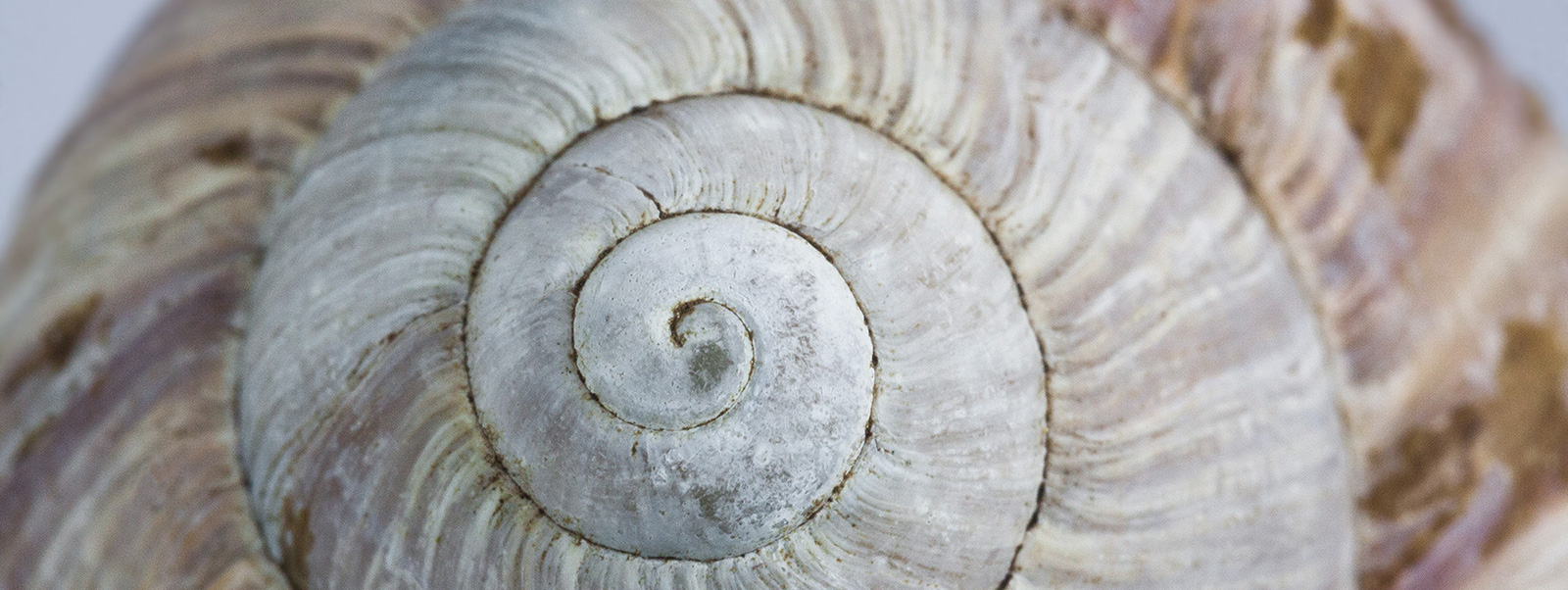

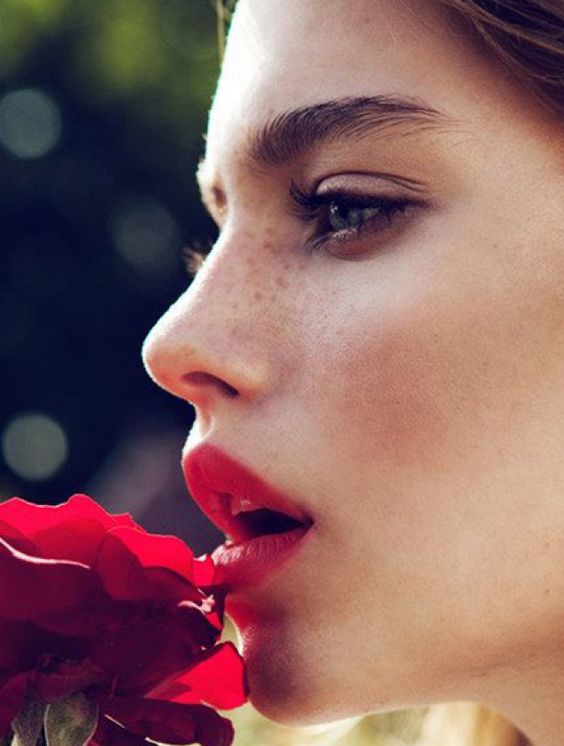
 Love is an act of the imagination. We daub our lover with our oldest longing. We paint his lips with our most noble and generous magnificence. Love photo-shops her imperfections. Love ennobles his good qualities, assigns them with mythical powers. In our love’s vow we talk, we touch, we seal our dreams with a kiss. We know that we are beautiful. We feel young again. Alive, in a way that we haven’t felt in years.
Love is an act of the imagination. We daub our lover with our oldest longing. We paint his lips with our most noble and generous magnificence. Love photo-shops her imperfections. Love ennobles his good qualities, assigns them with mythical powers. In our love’s vow we talk, we touch, we seal our dreams with a kiss. We know that we are beautiful. We feel young again. Alive, in a way that we haven’t felt in years.
 We dis-own our passion and vitality, clutch at things we feel we can control. We blinker our eyes and stop being curious. Our entire birth chart, and more specifically, the archetypes of Venus and Mars, describe the myriad ways we love embrace, or avoid, Love and Erotic Desire. In myth, Venus was not faithful. She delighted in variety, she evoked jealousy. She defied the patriarchal Greek and Roman morality. In our birth chart, she leads us down to the Underworld to experience orgies of love and humiliating loss, then urges us to emerge again, re-newed, stronger, wiser, eyes wide open.
We dis-own our passion and vitality, clutch at things we feel we can control. We blinker our eyes and stop being curious. Our entire birth chart, and more specifically, the archetypes of Venus and Mars, describe the myriad ways we love embrace, or avoid, Love and Erotic Desire. In myth, Venus was not faithful. She delighted in variety, she evoked jealousy. She defied the patriarchal Greek and Roman morality. In our birth chart, she leads us down to the Underworld to experience orgies of love and humiliating loss, then urges us to emerge again, re-newed, stronger, wiser, eyes wide open.
 Love is a creative act of the Imagination. Its realm is rarefied, intangible, briefly captured like an exquisite butterfly where it flutters to the sound of music, poetry, the wind whispering through the trees.
Love is a creative act of the Imagination. Its realm is rarefied, intangible, briefly captured like an exquisite butterfly where it flutters to the sound of music, poetry, the wind whispering through the trees. Anais Nin wrote so poignantly, “Love never dies a natural death. It dies because we do not know how to replenish its source.” So how do we replenish Love’s source? David Schnarch writes, love and desire are “not a matter of peeling away the layers but of developing them—growing ourselves up to be mature and resourceful adults who can solve our current problems.”
Anais Nin wrote so poignantly, “Love never dies a natural death. It dies because we do not know how to replenish its source.” So how do we replenish Love’s source? David Schnarch writes, love and desire are “not a matter of peeling away the layers but of developing them—growing ourselves up to be mature and resourceful adults who can solve our current problems.”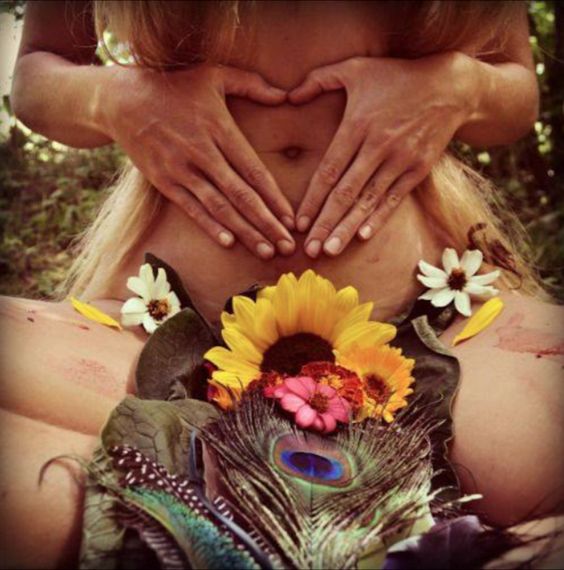
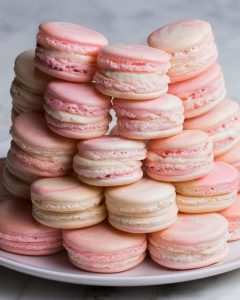
 a neat life. As if Love is a play-thing, to put aside when we tire of it, or it becomes too big and boisterous. We window-shop for Love on dating sites. Foolishly mistake Love for Sex. Balk at provocative choices. Terrified we may expose our soft-bellied vulnerability, we manacle ourselves with the cold steel fear of rejection, memories of past betrayals, disappointments. We play it safe, never daring to throw the dice lest we score too high for comfort.
a neat life. As if Love is a play-thing, to put aside when we tire of it, or it becomes too big and boisterous. We window-shop for Love on dating sites. Foolishly mistake Love for Sex. Balk at provocative choices. Terrified we may expose our soft-bellied vulnerability, we manacle ourselves with the cold steel fear of rejection, memories of past betrayals, disappointments. We play it safe, never daring to throw the dice lest we score too high for comfort.
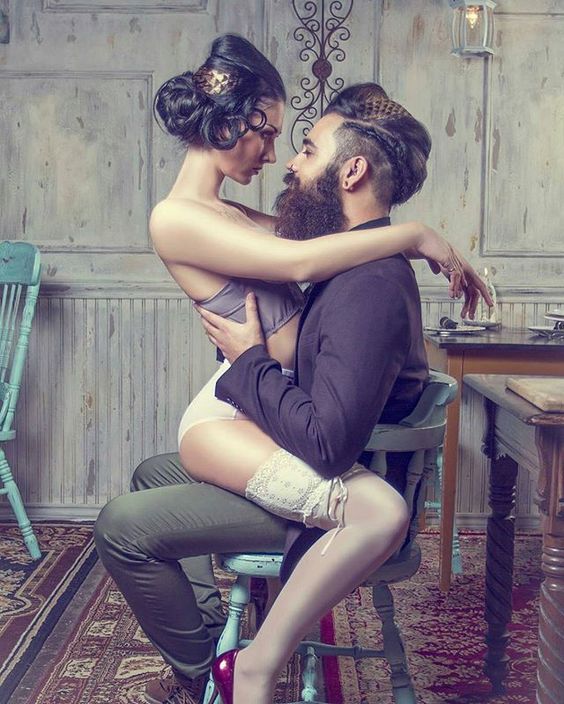
 Plato said that Love is a kind of madness. I imagine he was describing the heated arc of light that wraps its comet’s tail around our heart when we tumble into Love. That ferocious Love that ambushes us, unbuttons and unbolts us, throws us on the floor. It’s in a Love like this that we drink from the elixir of youth. It’s in a Love like this that we are re-birthed in the font of forgetfulness, swaddled in the white robes of Hope. It’s in a Love like this we become adolescents, young and energetic again, despite our age. It’s in Plato’s kind of Love, that we’re radiant, filled with the sweet green sap of confidence. Utterly mad.
Plato said that Love is a kind of madness. I imagine he was describing the heated arc of light that wraps its comet’s tail around our heart when we tumble into Love. That ferocious Love that ambushes us, unbuttons and unbolts us, throws us on the floor. It’s in a Love like this that we drink from the elixir of youth. It’s in a Love like this that we are re-birthed in the font of forgetfulness, swaddled in the white robes of Hope. It’s in a Love like this we become adolescents, young and energetic again, despite our age. It’s in Plato’s kind of Love, that we’re radiant, filled with the sweet green sap of confidence. Utterly mad.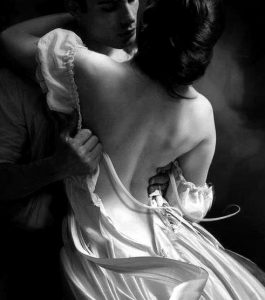 Our Love relationships may require periods of spaciousness, solitude, emotional or physical distance. They may demand acceptance of the aberrations, a baring of warts and all kinds of foul-smelling bits. Our relationship may end in literal form and yet continue in our dreams, in the fragments of memory that float like dust motes across the lyrics of a song.
Our Love relationships may require periods of spaciousness, solitude, emotional or physical distance. They may demand acceptance of the aberrations, a baring of warts and all kinds of foul-smelling bits. Our relationship may end in literal form and yet continue in our dreams, in the fragments of memory that float like dust motes across the lyrics of a song. There’s a nobility in loving despite fortune and circumstance. It takes courage to reclaim disowned feelings, modify behaviours that wound and flay. It takes courage to revision our own life and take back the projections so easily screened onto someone else’s life—“she has too many issues”, “he cannot do emotions”, or the classic cop out—I’m not “in love with him anymore”. Love is a paradox, a labyrinth where we may meet the Beast in the centre.
There’s a nobility in loving despite fortune and circumstance. It takes courage to reclaim disowned feelings, modify behaviours that wound and flay. It takes courage to revision our own life and take back the projections so easily screened onto someone else’s life—“she has too many issues”, “he cannot do emotions”, or the classic cop out—I’m not “in love with him anymore”. Love is a paradox, a labyrinth where we may meet the Beast in the centre.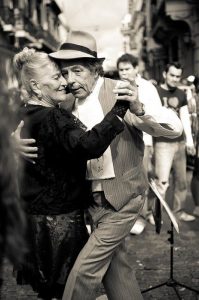 Robert Frost wrote in his glorious poem “the best way out is always through…” And, as we prepare to engage our energies for the long haul, as we clear away the thorny brambles that obstruct our path, our hands will bleed and we may thirst for something sweeter, cooler, easier. Our impatience will be tested. We will become discouraged and disheartened. And yet, when we stop looking for the epiphany, we may feel that with each new day, with each new awakening, with each new stumble, we are moving a little closer.
Robert Frost wrote in his glorious poem “the best way out is always through…” And, as we prepare to engage our energies for the long haul, as we clear away the thorny brambles that obstruct our path, our hands will bleed and we may thirst for something sweeter, cooler, easier. Our impatience will be tested. We will become discouraged and disheartened. And yet, when we stop looking for the epiphany, we may feel that with each new day, with each new awakening, with each new stumble, we are moving a little closer. When we fall into Love, we fall into the imagination. Modern psychology echoes this belief and scientific research now “proves” that our nervous systems are not self-contained.
When we fall into Love, we fall into the imagination. Modern psychology echoes this belief and scientific research now “proves” that our nervous systems are not self-contained.

 As this year draws to an end, there are many of us who feel as powerless as a serfs in a feudal kingdom. Mother Earth is ravaged and bleeding. Her climate is changing. Democracy is hollow talk and the strutting Emperor wears no clothes. We can believe that we are helpless, hopeless, hand all our power to forces and systems outside ourselves, or we can harness our courage, step out of the box. We can send love not hate to those in the brazen Towers of power.
As this year draws to an end, there are many of us who feel as powerless as a serfs in a feudal kingdom. Mother Earth is ravaged and bleeding. Her climate is changing. Democracy is hollow talk and the strutting Emperor wears no clothes. We can believe that we are helpless, hopeless, hand all our power to forces and systems outside ourselves, or we can harness our courage, step out of the box. We can send love not hate to those in the brazen Towers of power.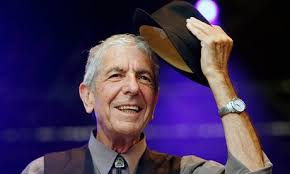


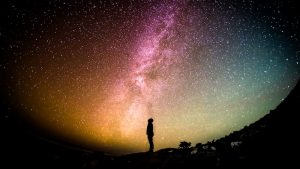 The spirit of our times is the spirit of our collective thoughts and intentions. Our private thoughts mingle with the private thoughts of myriad human beings and affect the unwavering advance of world events. The immeasurable power of our blessings and prayers directed towards a situation or an outcome can transform people and circumstances if animated with Love.
The spirit of our times is the spirit of our collective thoughts and intentions. Our private thoughts mingle with the private thoughts of myriad human beings and affect the unwavering advance of world events. The immeasurable power of our blessings and prayers directed towards a situation or an outcome can transform people and circumstances if animated with Love.

























 Most of us are risk averse. Our caution may be an evolutionary adaptation that has developed over thousands of years and is hardwired into the ancient cells of our brains. And yet our relationships ripple with words with white wings that carry our hearts on the sweet-scented breeze of hope. In trust there is the gloriousness of feeling in harmony with others as our hopes and wishes align. When promises are broken, our trust tumbles into the lacerating wretchedness of betrayal and disappointment. Our business partner inveigles our money. Our lover leaves us for our best friend. A family member behaves abominably.
Most of us are risk averse. Our caution may be an evolutionary adaptation that has developed over thousands of years and is hardwired into the ancient cells of our brains. And yet our relationships ripple with words with white wings that carry our hearts on the sweet-scented breeze of hope. In trust there is the gloriousness of feeling in harmony with others as our hopes and wishes align. When promises are broken, our trust tumbles into the lacerating wretchedness of betrayal and disappointment. Our business partner inveigles our money. Our lover leaves us for our best friend. A family member behaves abominably.

